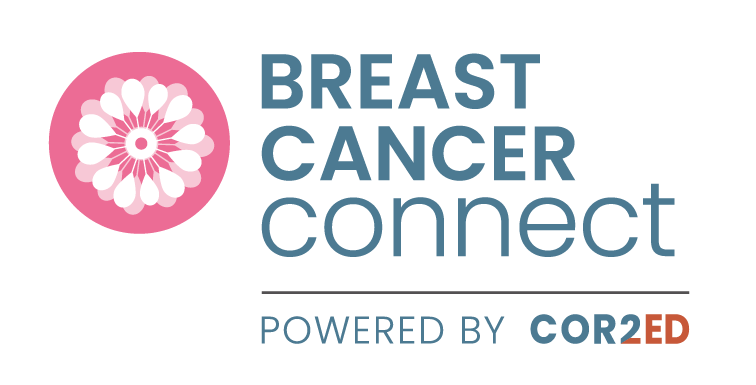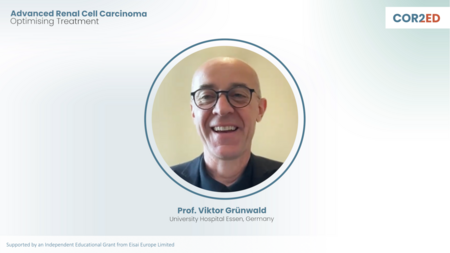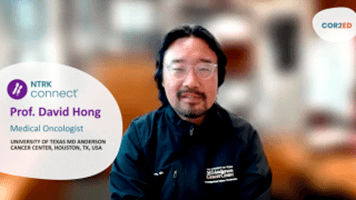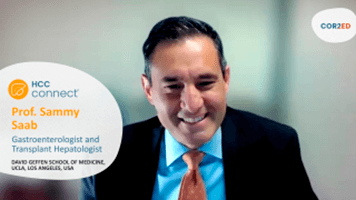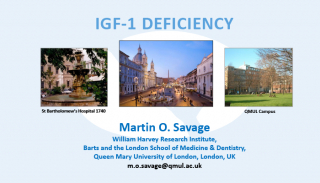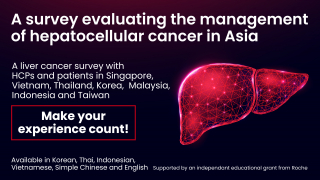
Shared decision-making between nmCRPC patients and their healthcare team (Part 1 of 3)
Shared decision-making between nmCRPC patients and their healthcare team (Part 1 of 3)
Veerle Lamotte explains why it’s important to gain insight into the goals of treatment and understand gaps in the patient's knowledge.
Veerle Lamotte explains why it’s important to gain insight into the goals of treatment and understand gaps in the patient's knowledge.
Veerle Lamotte
Watch the video and download the slides

Veerle Lamotte
Uro-oncological counsellor
Antwerp University Hospital
Belgium
Veerle Lamotte has received financial support/sponsorship for research support, consultation, or speaker fees from the following companies:
|
4 min
|
Nov 2021
This programme was made for you: your opinion matters
Share your feedback in just 4 clicks and help us to continue to create the content you need.
I agree that this educational programme:
Was valuable to me:
1/4
Has improved my knowledge of this topic:
2/4
Is likely to change my clinical practice:
3/4
Was balanced and unbiased:
4/4
download resources
This programme was made for you: your opinion matters
Share your feedback in just 4 clicks and help us to continue to create the content you need.
I agree that this educational programme:
Was valuable to me:
1/4
Has improved my knowledge of this topic:
2/4
Is likely to change my clinical practice:
3/4
Was balanced and unbiased:
4/4
Hello, I’m Veerle Lamotte, an oncology nurse practitioner at Antwerp University Hospital, and I’m here today to talk about strengthening shared decision making between nmCPRC patients and the healthcare team using the GUIDE Communication Framework.
Today I want to talk about non-metastatic castrate-resistant prostate cancer and gain insight into the goals of treatment and understand the gaps in patients’ knowledge. nmCPRC is characterised by a progressively increasing PSA level, in the absence of clear, radiological evidence of metastatic disease, despite a castrate level of testosterone.
Gain insight into the goals of treatment
The first step of the GUIDE framework is to gain insight into the goals of treatment. Since 2018, the treatment of nmCPRC has changed dramatically, with the introduction of second-generation androgen receptor inhibitors, such as enzalutamide, darolutamide and apalutamide.
It’s essential to understand the goals of treatment from the patient’s point of view, because nmCPRC patients are usually relatively asymptomatic. The goal of treatment for the patient may be less focused on longevity, due to their age. They may be more concerned about maintaining quality of life. Moreover, a rising PSA may cause anxiety, and therefore a patient may focus on treatment of this rising PSA. Is the patient concerned about other comorbidities? What are the goals of treatment from the physician’s perspective?
A substantial percentage of patients with nmCPRC develop metastatic lesions within two years. We know that metastatic disease predominantly targets bones, and this gives a worse 5 years overall survival. Many patients also develop skeletal-related events, for example, spinal cord compression and pathologic fractures, as a consequence of bone metastasis.
And these are associated with significant pain, a decreased quality of life and utilisation of additional healthcare resources. Enzalutamide, apalutamide and darolutamide can delay the metastasis, can improve the time to initiation of cytotoxic chemotherapy, and symptomatic progression. These drugs have similar efficacy but differ in safety profiles.
Understand gaps in patient’s knowledge
We will move to the second step, and this is gaining insight into the patient’s knowledge. It’s nevertheless important to carefully assess risk and benefits when choosing a treatment, in order to improve the quality of survivorship of nmCPRC patients. A study of Srinivas suggested that nmCPRC patients and physicians were willing to trade substantial amount of survival to avoid adverse events between hypothetical treatments. Nurses should be seen as the go-to person, for the patients with nmCPRC, and therefore must empower patients through guidance and support throughout the treatment journey.
Shared decision-making
I’d like to conclude that second-generation receptor inhibitor for non-metastatic castration prostate cancer, have similar efficacy but differ in safety profiles. Inform your patients about the risk and benefits, an involved and informed patient will cope better with the side effects and also make targeted choices in his treatment. Shared decision making can provide patients the greatest chance of success. Thank you for listening on behalf of GU NURSES CONNECT, to download the slides go to gunursesconnect.info
The GUIDE Communication Framework: Strengthening shared decision-making between nmCRPC patients and the healthcare team
This is the first in a series of three newsletters explaining the GUIDE Communication Framework, a simple 5-step approach to optimise the role of the nurse in strengthening shared decision-making between nmCRPC patients and their healthcare team.
GUIDE’s five letters each represent a crucial step in your conversations with patients with prostate cancer.
Gain insight into goals of treatment and care
Understand gaps in the patient's knowledge
Inform and educate
Direct to additional support
Empower the patient
Veerle Lamotte covers steps 1 and 2 of the GUIDE framework and explains why it’s important to Gain insight into the goals of treatment and care as a first step in supporting your patients along the agreed treatment journey and how to Understand the gaps in the patient’s knowledge, allowing you to prioritise where you focus when it comes to informing and educating the patient.
In the second newsletter, Joanie Pfahl and Jennifer Sutton cover step 3 of the GUIDE Communication Framework and explain the importance of Informing and educating the patient, and why it is essential for nurses to have up-to-date knowledge about the disease and common symptoms, key studies relating to nmCRPC, treatment aims and options, potential side effects and proactive management as addressing patients’ knowledge gaps in the right way is critical in managing their treatment successfully.
In the third newsletter, Jason Alcorn explains how to Direct the patient and the carer to additional support and the importance of Empowering the patient, making them feel they can actively participate in the shared decision-making and treatment process, and why these steps are an important part of a successful treatment journey.
GU NURSES CONNECT is an initiative of COR2ED, supported by an Independent Educational Grant from AstraZeneca, Bayer and Eisai Europe Limited.









